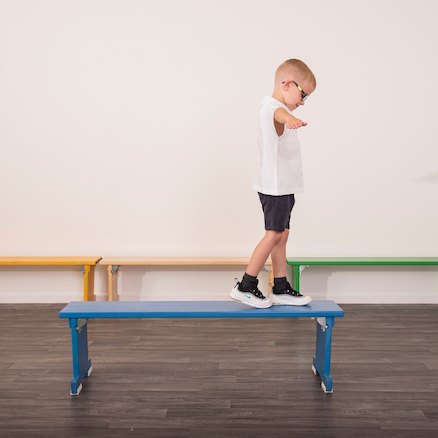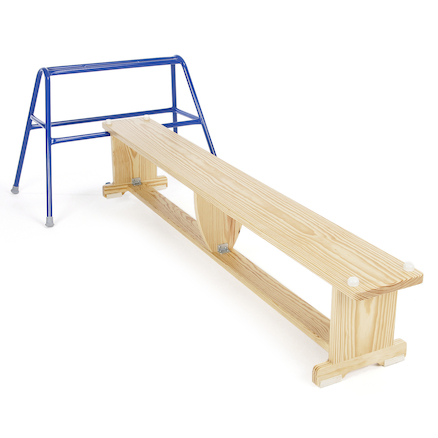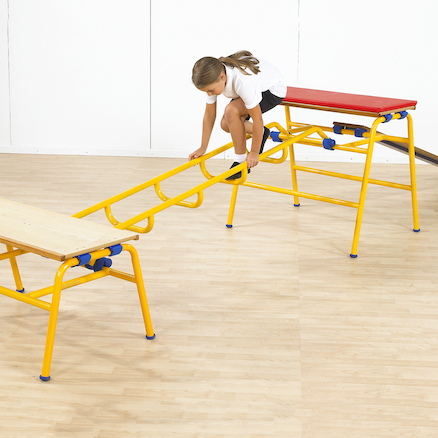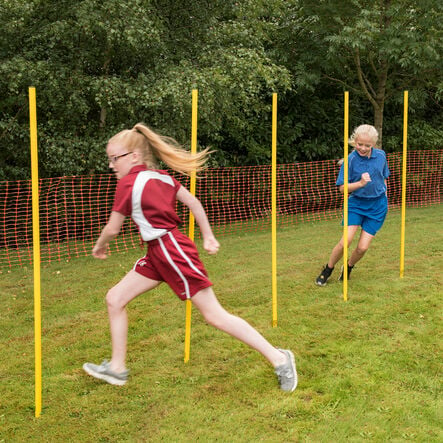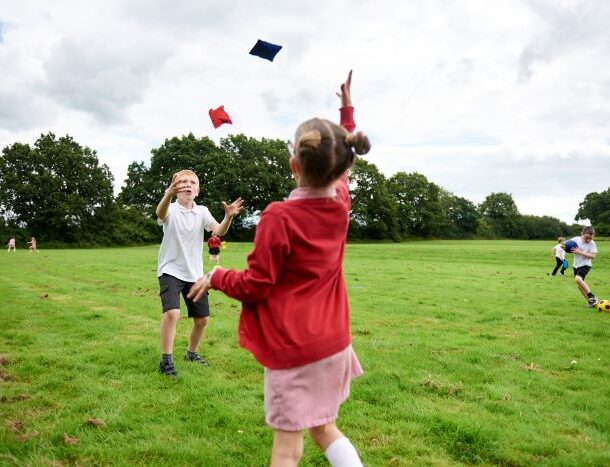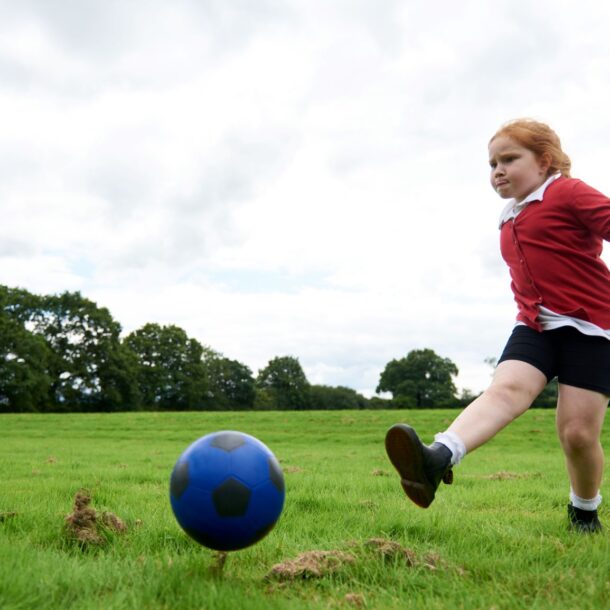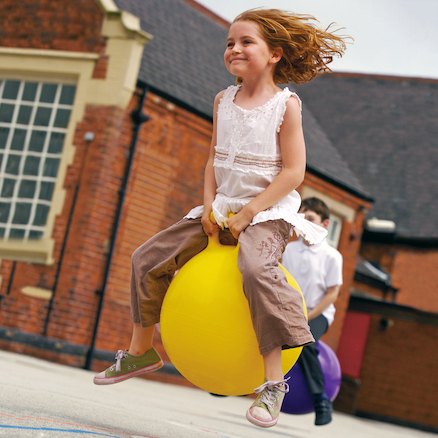Developing your pupils’ gymnastics work onto apparatus can be daunting. Many teachers worry about it and some simply avoid it all together. With quality CPD and support from your school’s subject leader, gymnastics apparatus work can be an area which excites both you and your pupils. It can be a great way to challenge, extend and engage pupils in high quality learning.
I recommend that schools seek CPD from appropriate specialists in teaching curriculum gymnastics who are conversant with inclusive practice and the practicalities of whole class teaching. VisionED as a company delivers gymnastics large apparatus CPD across the country and further details can be found at www.visioned.org.uk.
All schools should have a copy of the Association for Physical Education’s (afPE) Safe Practice in PE, School Sport and Physical Activity 2020 Edition. I reference it here as guidance but also as essential reading when looking at teaching safely. Providing consistent safe practice in teaching gymnastics across all year groups is critical and building and embedding risk management routines such as safe lifting practices will ensure both teachers and pupils feel and remain safe.
So here are ‘5 Top Tips’ to consider when teaching and using apparatus in gymnastics:
1. Teach Safe Handling of Apparatus
Agree as a whole staff how you will teach pupils to lift, carry and handle apparatus. This consistent approach will ensure pupils always handle apparatus safely and ensure safe practice. Specific guidance and advice on your apparatus is available from companies such as VisionED and can help staff become more confident and competent. You can also find useful guidance within the afPE publication starting on page 257 and as appropriate throughout the publication.
TOP TIP: Produce a poster which can be shared with all staff and positioned in the hall where you teach gymnastics. This acts as a visual reminder to reinforce practice and help ensure consistency.
This is a template which we provide with our training and schools can use to personalise and present their safe practice.
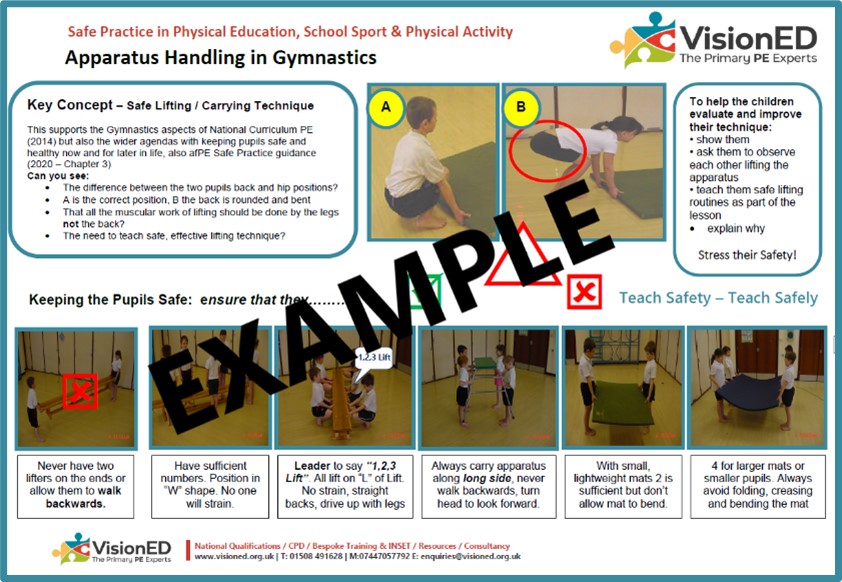
2. Supervision
Staff often say that they are extremely anxious about using apparatus. As a result, they tend to stand next to certain pieces. Staff need to feel confident to move around the room interacting with all pupils and across the full range of apparatus in order to ensure high quality gymnastics. This confidence needs to be underpinned by knowledge, understanding and competence. This is where good CPD comes in.
When teaching try to work the outside of the room, a bit like a ‘sheep-dog’, so that you can see the whole class. By teaching safety and progressive steps, you can move away from those pieces of apparatus which you perceive as more dangerous. You never stop worrying but learn to trust your progressive planning and safe practice.
3. Large Out First, Small Away First
When getting out your apparatus for the lesson wherever possible get out the larger pieces of apparatus first. This helps to reduce the likelihood of tripping as pupils are not carrying large apparatus when mats or other hazards might be on the floor. When tidying away at the end of the lesson, reverse this so that you always get the pupils to put away the smaller pieces such as mats, first.
Train the pupils according to your school’s safe practice in handling apparatus guidelines (as above in Tip 1), reinforce it so that you can reduce the time taken to set out and put away safely. Building up to teaching with apparatus as you progress through the unit of work ensures that pupils have a clear idea of what to do on the apparatus and can then extend their work.
4. Avoid linear set-ups
I often see lessons where pupils are queueing for a turn on a small number of apparatus stations. These often include linear set-ups which by their very nature present a specific starting point. For example, they might include mats laid out in a pair, a mat at the end of a bench or benches hooked on at one end to a trestle creating an incline. These set-ups tend to lead pupils in one direction and regularly create queues. Plan your apparatus set-ups to focus on the learning content e.g. travel or balance and use what you have to optimise the learning. Place apparatus to allow for multiple points of entry and exit, use mats wisely to present pupils with a variety of places through which to enter or exit the apparatus. I have tried to illustrate this with the picture below.
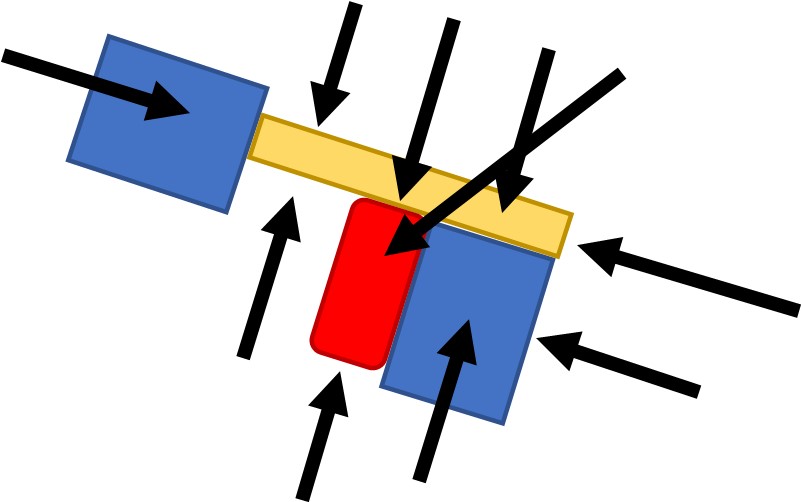
We want to avoid queues, waiting around and lack of engagement. When considering this, you may need to reflect upon whether you have sufficient apparatus to teach effectively.
5. Progression
Always develop the pupils work on the floor first. Start by creating a very simple sequence / movement sentence which they can then develop further with the inclusion of low-level apparatus such as benches. Ensure children have a clear understanding of what they are trying to achieve and then including movement with a piece of apparatus can engage them in editing, refining and adapting. It presents the opportunity to show contrast in levels, speed, body shape, different starting positions etc.
I also use throw down hands and feet, spots, lines, skipping ropes (as balance trails to walk along) and even play tunnels with younger pupils. These can add additional ‘apparatus,’ to create the ability for free flow, where pupils use what they have created on the floor so far and engage with the apparatus spread around the room, making decisions on which piece(s) to use, how to use them etc. Gradually over the lessons we include increasingly more challenging apparatus including wall-bars and ropes and develop their sequences.

I hope that these tips help in getting you to think about the quality of learning, achievement and teaching of gymnastics apparatus work in your school. Developing staff confidence and competence, providing quality CPD for all staff, and working with colleagues to not only model but monitor standards is a process that will require time, planning and regular support.
VisionED is able to offer specialist CPD in teaching gymnastics apparatus within primary schools, from full day CPD sessions to twilights in order to meet your needs. Take a look at our offer at www.visioned.org.uk
Many thanks to Martin Radmore for sharing is many years of insight within this blog.
Martin Radmore is the Director at VisionEd – The Primary PE Experts
VisionED is all about curricular PE provision and ensuring that ALL pupils receive a high-quality experience and entitlement in physical education that inspires them to learn and be active throughout their lives. It’s our ‘Big Picture’ and why we use the jigsaw piece as we help you to build your Vision, your Big Picture for what PE will be. We do this by empowering staff and schools to sustain high quality provision through CPD, professional qualifications, guidance and support. We work to ensure PE is lead by well-informed, trained and empowered subject leaders who have access to high-quality professional development, including national qualifications in primary PE for themselves and their colleagues. Take a look at our offer, download free resources or book your CPD at www.visioned.org.uk.

